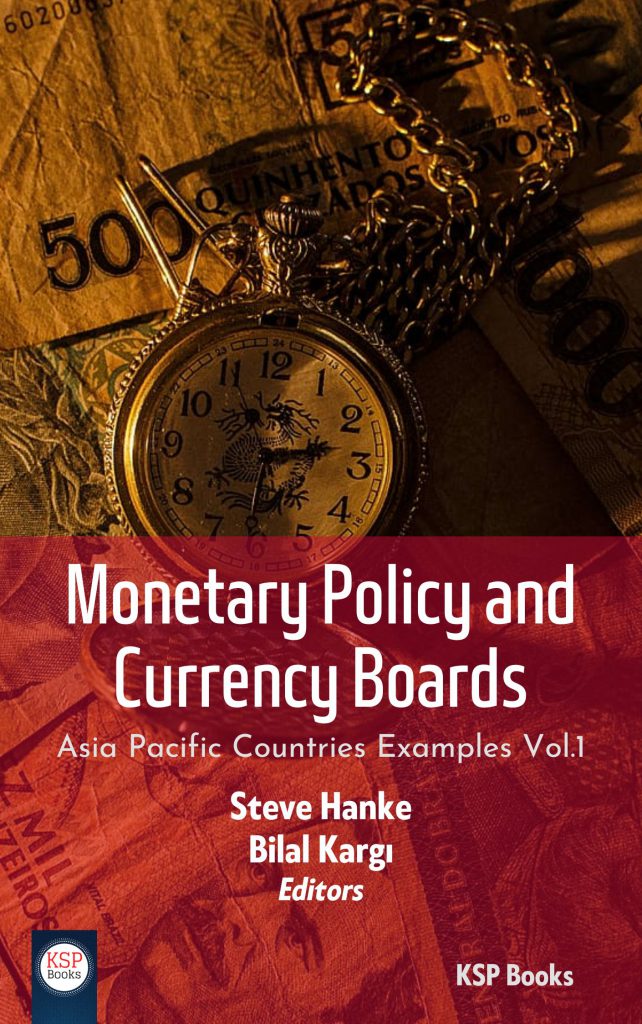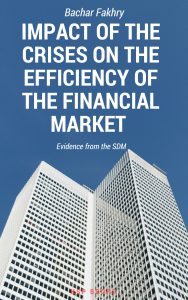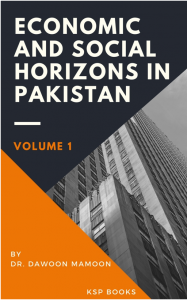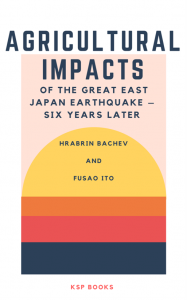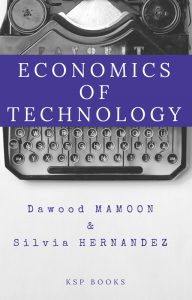Synopsis
It is possible to present a brief summary of the subjects that the chapters in this book focus on.
Ch 1. This essay examines the Malayan Currency Board from its formation in 1938 to its dissolution in 1967. It analyzes the orthodoxy of the board using high-frequency data, such as monthly statistics of currency notes in circulation. Accompanying the essay is a spreadsheet workbook which presents high-frequency data of the board in digital format for the first time, as well as balance sheets and other financial statements.
Ch 2. Sri Lanka had a currency board system from 1884 to 1950 which maintained a relative stability in prices and the exchange rate. However, the currency board was replaced by a central bank in 1950 with the objective of providing a more dynamic service to the newly independent economy. With the failure of the central bank in maintaining the stability of the value of the rupee domestically as well as externally, a growing demand has arisen for the return to a currency board system in the country. This essay, intended to educate the general public of the implications involved, covers the origin of the currency board system in Sri Lanka, its performance during the colonial period, why independent Sri Lanka chose to establish a central bank, while Singapore decided to continue with a Currency Board, the case for Currency Boards as presented by its modern-day crusader Steve Hanke, and how the failure of the Monetary Board of the Central Bank will pave way for the establishment of a currency board in Sri Lanka.
Ch 3. We provide a spreadsheet data series and legislative history of the Burma Currency Board (BCB) from 1948 to 1952. The chaper assesses the level of orthodoxy exhibited by the board through analysis of legislation and statistics from quarterly bulletins. We also do a comparative analysis of economic health during and after the currency board era through use of economic markers. This paper makes various balance sheet data available in machine-readable form in a companion spreadsheet workbook.
Ch 4. This chapter provides a historical summary, legislative history, and the first spreadsheet data series of the Tonga Board of Commissioners of Currency (1935-1989) and uses statistical tests to examine to what extent it operated as an orthodox currency board.
Ch 5. The Philippine monetary system and data from 1903-1948 are examined, using general observations and statistical tests to determine to what extent the system operated as a currency board. This chapter makes detailed annual balance sheets of the monetary system available in machine-readable form for the first time, in a companion Excel workbook.
Ch 6. This chapter explores New Zealand’s early monetary history, examining its colonization and the events leading up to the establishment of the Colonial Bank of Issue, an early currency board. It describes the operations of the bank during its six-year stint as the colony’s sole note issuer. An accompanying spreadsheet workbook contains the statistics of the Colonial Bank of Issue.
Ch 7. This chapter describes the history of Fiji’s currency board, which existed from 1914 to 1973, and analyzes the extent of its orthodoxy through statistical analysis of its annual financial statements. An accompanying spreadsheet workbook contains all related data and analysis.
Ch 8. Thailand (the Kingdom of Siam) started issuing currency notes in 1902 through a division of the ministry of finance, continuing until 1942, when the country established a central bank. We discuss Thailand’s financial system during the period, examining the legislation and relevant events in the country that shaped it during those years. We also gather data and test whether the system operated like a currency board in any part of the period.
Contents
About Author
ISBN
978-625-8190-57-1
Date of Publication
December 25, 2022
File Size: 5532 KB
Length: xvi + 221 pages
This work is licensed under a Creative Commons Attribution 4.0 International License.
